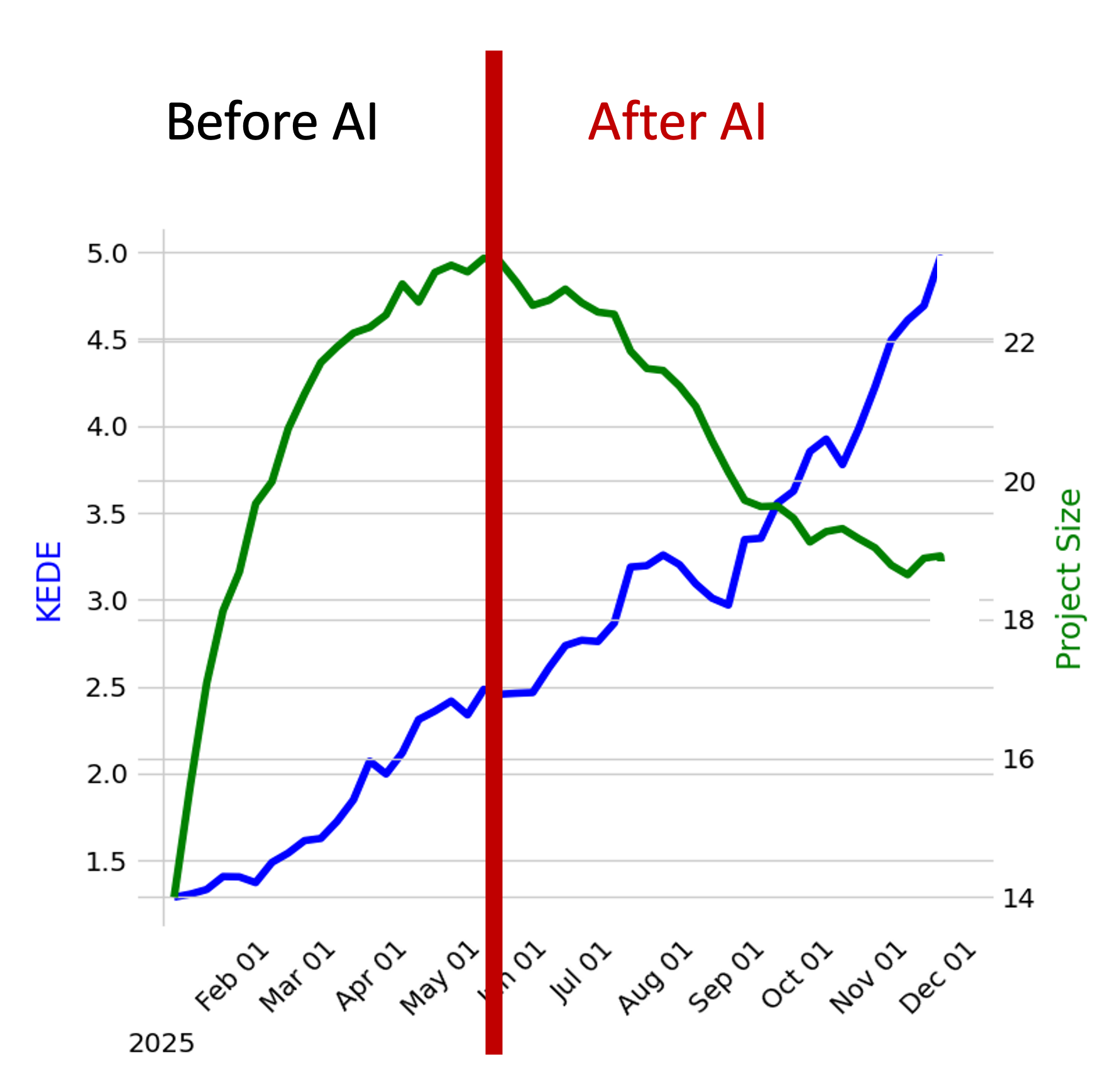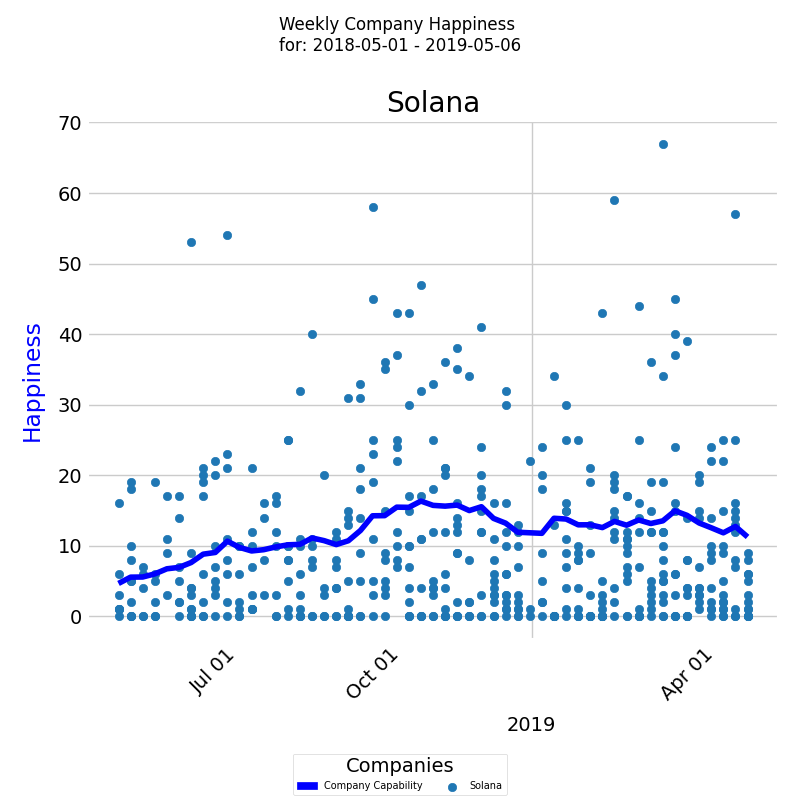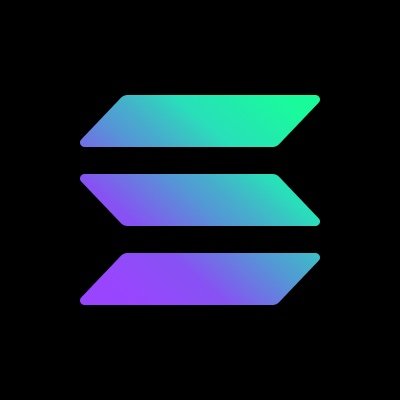You can finally explain
AI impact to the board
with evidence, not stories.
AI spend is rising. Board scrutiny is rising faster.
Chief Technology Officers are being asked to explain — clearly and credibly — whether AI has made engineering more efficient. That conversation is harder than it should be.
-
Existing metrics such as DORA, SPACE, DevEx, velocity, throughput, or pull requests describe activity and sentiment, not efficiency.
-
AI pilots, surveys, and vendor usage dashboards provide signals, not evidence.
-
As a result, AI impact is explained with anecdotes instead of defensible metrics.
CTOs are left exposed in board discussions — accountable for AI spend, without a credible way to attribute its real impact.
Measure what AI actually changes — engineering efficiency.
A Knowledge-Centric Software Engineering Intelligence Platform able to answer the question: Did AI reduce the knowledge and effort required to deliver working software?
- Quantifies whether AI reduces the knowledge gaps developers must bridge during real delivery work.
- Works across teams, domains, technologies, time, and AI tools.
- Uses production source code as ground truth, not surveys or activity.
KEDEHub doesn’t infer AI impact. It measures it — accurately, comparably, and defensibly.
What you will gain

Credibility in AI discussions
- Speak with confidence about what AI changed — and what it didn’t
- Replace anecdotes and proxy metrics with a defensible evidence that shifts AI conversations from tools to efficiency economics
- Answer questions with a concise narrative that resonates with the entire leadership team
Control over AI investment decisions
- Know where AI improves efficiency — and where it doesn’t
- Compare AI impact across teams, domains, technologies, and time
- Scale, pause, or redirect AI investment with confidence


Governance without micromanagement
- Maintain oversight of engineering efficiency without policing teams .
- Surface structural inefficiencies before they become delivery risks
- Equip the engineering leaders with objective data to confidently execute their strategies
When you get results
In hours, not quarters.
KEDEHub works on your existing engineering history. There is no pilot period, behavioral change program, or waiting for new data to accumulate.

Immediate, visual insight into how engineering efficiency has evolved over time
- The diagram showcases the relationship between an organization's efficiency and its size over distinct period
- The x-axis delineates time in months,
- The blue line offers a visual trajectory of the organization's average efficiency variations over the period.
- The green line provides a representation of the organization's growth or reduction in size, with each point signifying the total number of developers contributing during a specific week.
Organization Happiness Over Time
- The diagram visually tracks Happiness level for the organization over a selected period
- On the x-axis, the diagram displays the week dates, while on the y-axis, it shows the Happiness levels.
- Each colored dot represents an individual developer's Happiness level, and the dark blue line represents the average Happiness level for all developers.


Organization Rework (Information Loss Rate) Over Time
- The diagram presents organization Rework (Information Loss Rate) over a selected period.
- On the x-axis, the diagram displays the week dates, while on the y-axis, it shows the rework levels in bits of information lost.
- Each colored dot represents an individual developer's rework level, and the dark blue line represents the average rework level for all developers
How It Works

KEDEHub platform has three main functions: analyzing Git repositories, calculating Knowledge-centric metrics, and presenting results visually.
KEDEHub is available in both SaaS and On-Premise versions.
Analysis is conducted on local clones of Git repositories.
- Your source code and commit messages remain secure on your premises, ensuring the protection of your intellectual property.
- No Intellectual property (IP) is captured through the analysis of the source code and commit messages.
- The analysis is carried out by an open-source agent, which can be found here.
No Disruptions for Developers
- There is no need for software installations on developers' computers.
- Developers are not required to provide any additional input.
- Consent from developers is not necessary.
Case studies



Getting started


